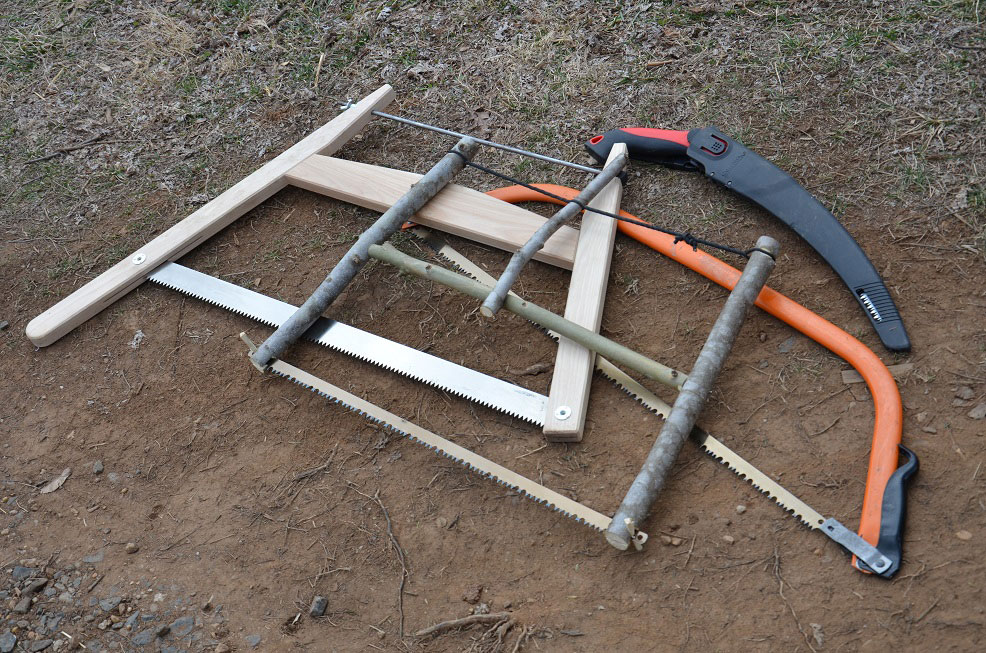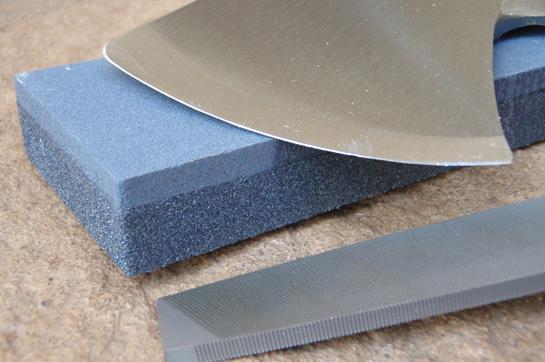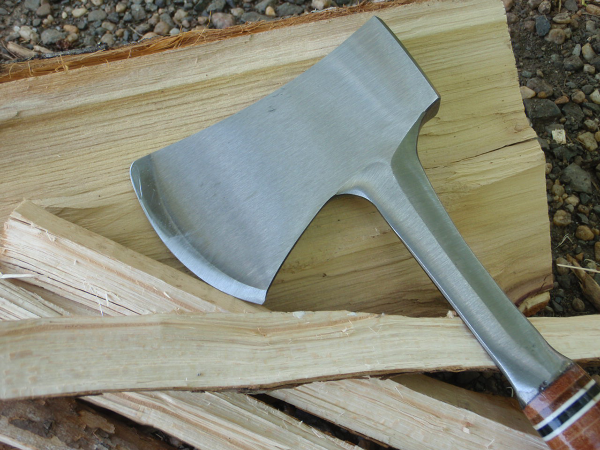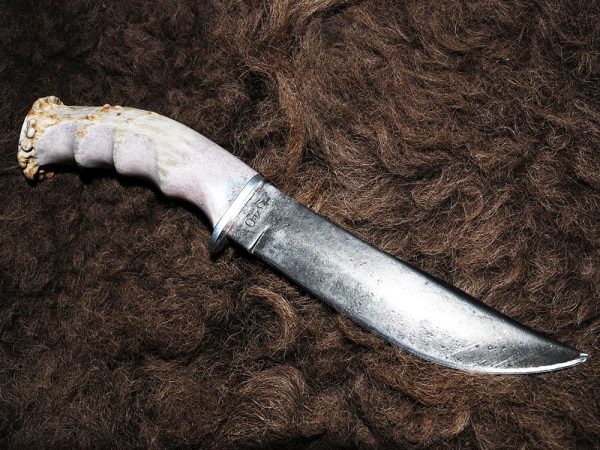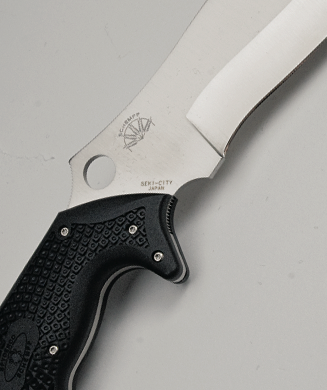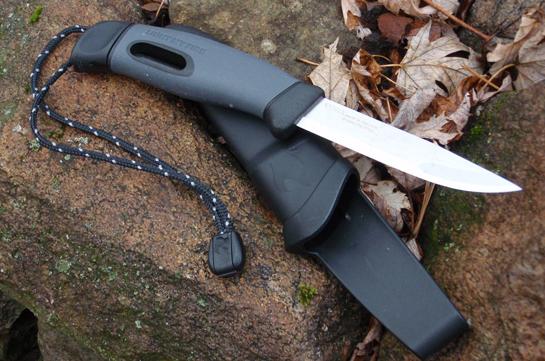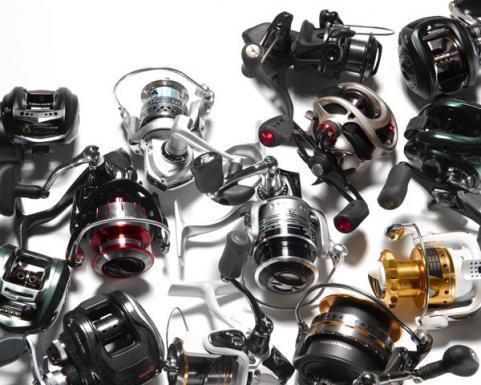We may earn revenue from the products available on this page and participate in affiliate programs. Learn More ›
As far as engine-less tools go, nothing cuts wood across the grain as quickly and efficiently as a sharp handsaw. But no matter if that saw is a bow saw, bucksaw, or pruning saw, those sharp teeth can take a bite out of the sawyer, too. And there’s not likely to be a doctor out there in the woods when you saw your finger off. Use your saw with care, and like any other tool, keep it maintained so that it’s always sharp and useful. These steps should keep your saw in top form.
1. Keep It Dry
Store your saw in a dry place or a toolbox to prevent rust.
2. Lubricate The Blade
After each use, lubricate your blade with gun oil, paste wax, or WD-40 before storing. Gun oil or WD-40 can be wiped on with a rag. Paste wax should be wiped off after sitting on the blade for a few minutes. All of these choices prevent rust and help the saw blade slide through the wood.
3. Oil The Handle
If you have a wooden handle, wipe on a little boiled linseed oil periodically to seal it off from moisture and dirt. If your handle shows rust where it attaches to the blade, take the handle apart and clean out the slot. Use medium grade steel wool or fine sand paper to smooth a rough finish on the handle and remove stains (then finish with oil).
4. Remove Blade Rust With a Razor
A well-maintained blade may never rust, but if it does, a razor blade can help. Remove the handle and lay the blade on a flat work surface. Scrape the saw blade carefully with a razor blade, going up and down the length of the blade and keeping the razor at a low angle. Scrub any stubborn spots with medium steel wool or 320-grit sandpaper, especially the handle area. Wipe with a soft dry cloth, and then oil or wax the blade immediately.
5. Sharpen The Saw
Saw sharpening can be tricky for beginners, but it’s well worth learning since it can keep a quality saw blade in service for years. You’ll need a small diamond or triangular file, suited to the profile of your saw teeth. It’s also helpful to clean the saw blade as previously mentioned, and work where you have good lighting.
• Work your way down the blade, filing each tooth bevel and counting strokes as you would for knife sharpening. You’ll need more file strokes if the blade is very dull, and fewer strokes if you’re just maintaining the blade. Do your best to match the factory angle on the saw tooth bevels.
• Next, make sure all the teeth are the same length. File down any longer teeth, as they’ll be doing more than their share of work.
• If your saw blade has rakers, give them a check. These are like notched teeth, and they should clean up the cut made by the saw tooth next to it. You should file your rakers sharp, and make sure they are all about 0.5 mm shorter than the saw teeth (otherwise they will bog down the blade).
• Finally, check your blade for bent teeth. Many types of saw teeth are bent outward and twisted slightly so that they make a wider cut than the thickness of the blade (to keep the blade from binding). If any teeth are bent out of shape, do your best to bend them back to the blade’s pattern (you’ll typically need a special setting tool for this).
Ever cut wood without a chainsaw? What kind of hand saws do you have? Please share your thoughts by leaving a comment.
